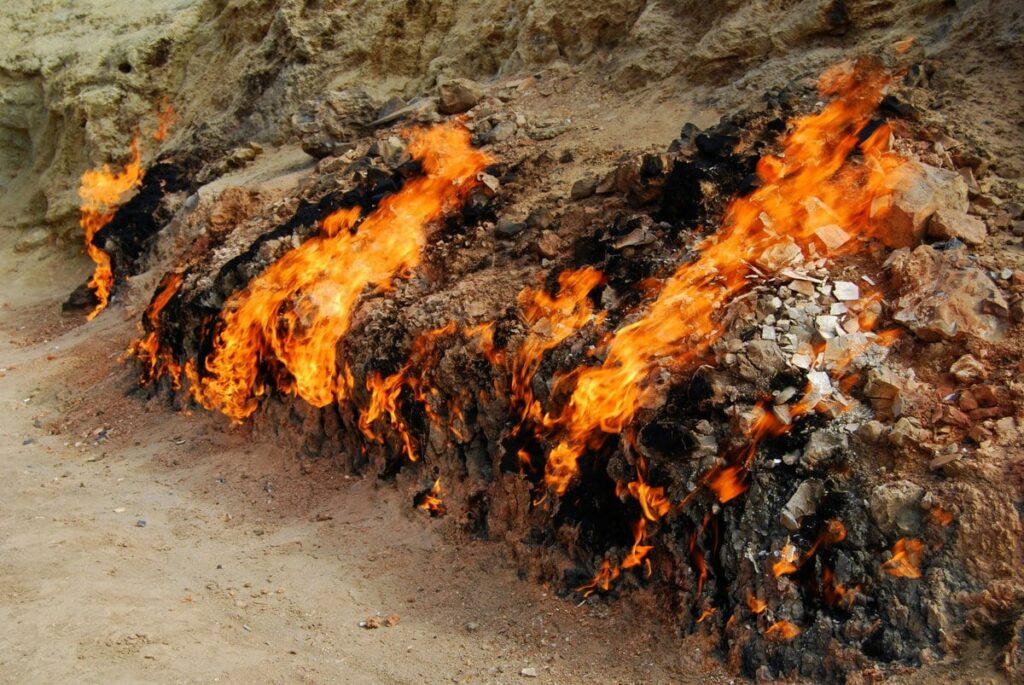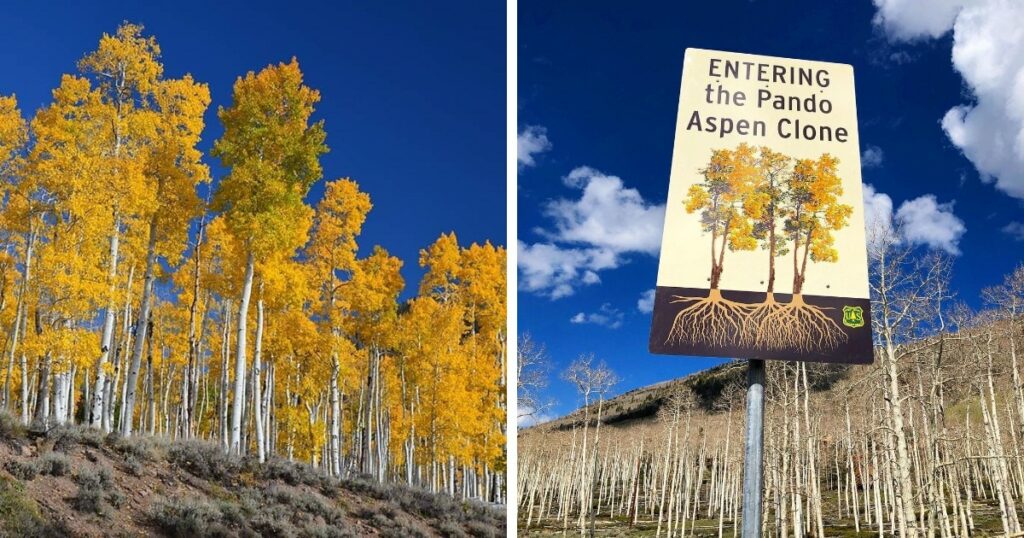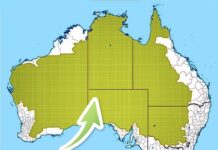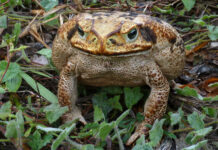Nature is beautiful, huge and unknowable. You can spend your whole life traveling, but at the same time not have time to see all her amazing creations. Alas, not everyone can go around the world like Phileas Fogg. But we can always be distracted by a selection of interesting facts about nature.
1.This is what a shark egg looks like

About 70% of sharks are viviparous. The remaining 30% lay eggs, inside of which you can see a real, living embryo.
2. Albino fur seal

A blue-eyed cat of unusual color was discovered on seal island, which is located in the Sea of Okhotsk. Researchers consider this phenomenon incredibly rare. The chances of albino birth are 1 in 100,000. The seal is now closely monitored in order to provide timely assistance if necessary. Albinos in the animal kingdom are often persecuted by relatives. In addition, they always have problems with hearing and vision.
3. Spawning sockeye salmon in Alaska

Spawning season causes sockeye salmon to change beyond recognition. Ordinary fish of silver color become bright red. Nature gave the sockeye salmon this feature so that it could protect itself from predators by informing them of its “poisonousness”.
4. Burning hill Yanardag

The natural eternal flame that is constantly burning on the slopes of Yanardag Hill is the result of the constant release of combustible gas from the underlying soils. An amazing attraction is located in Azerbaijan.
5. Glowing mushrooms

The origin of luminescent fungi still does not have an exact explanation. Some scientists believe that luminous mushrooms owe their color to the natural conditions that surround them. According to other versions, the glow is required to reproduce and scare away enemies. In total, about 70 species of luminous fungi are known in nature. Therefore, this phenomenon can not be called numerous.
6. Striped icebergs

Striped icebergs, similar to colored ice cream, are an amazing phenomenon that can be observed in Antarctica. Unusual stripes are formed after the chipping of huge pieces of ice from the main glacier. Their color depends on the age of the iceberg and the composition of the air. So, if the upper layers of ice contain a lot of air, the stripes will be matte white. If the water is water, white will prevail with a blue tint. Green color appears due to frequent contact with algae. The stripes on icebergs can also be yellow, brown, and even pink.
7. Pando Tree

The Pando is the largest living organism in the world. Numerous trees, covering an area of 43 hectares, have a single root system. According to biologists, the birth of the giant occurred more than 80,000 years ago. This miracle is located in Utah, USA.




























